It is often said that if you can remember the ’60s, then you were not really there. Well, I can remember them and, in particular, the outlandish clothes we wore, like bell-bottoms and floral shirts – and this was just the men. Male fashion led the way then and was celebrated with songs like Dedicated Follower of Fashion, a big hit for the Kinks.
Blue Badge Tourist Guides need to know their modern history as well as what happened centuries ago. When tourists return to London, school groups will have teachers and leaders who first came to the capital decades ago and want to remember the ’60s and ’70s, when London seemed like the centre of the universe.
The centre of the fashion universe at the time was Carnaby Street, which runs parallel to Regent Street and is now pedestrianised. After John Stephen opened His Clothes in 1957 in nearby Beak Street, all the fashionable boutiques – for men and women – moved into this part of London. Carnaby Street became synonymous with fashion and shopping.
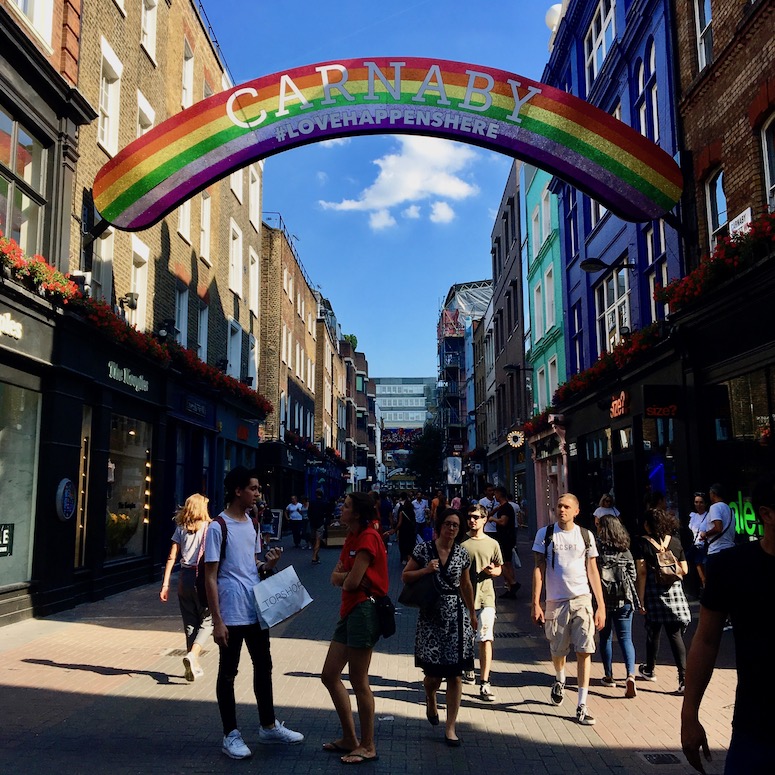 A summer day on Carnaby Street in London. Photo Credit: © Ursula Petula Barzey.
A summer day on Carnaby Street in London. Photo Credit: © Ursula Petula Barzey.
The street is over three centuries old and takes its name from Karnaby House, which has long since been demolished. Look at the Spirit of Soho mural on the wall where Broadwick Street meets Carnaby Street, and you can see images of famous locals like William Blake and Karl Marx – even Casanova, who lived in the area while he was in London.
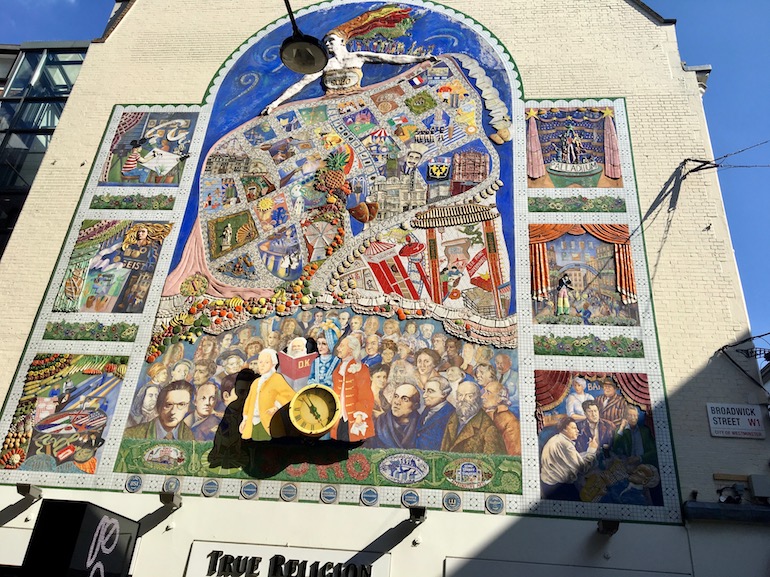 The Spirit of Soho Mural on the corner of Broadwick Street and Carnaby Street in London. Photo Credit: © Ursula Petula Barzey.
The Spirit of Soho Mural on the corner of Broadwick Street and Carnaby Street in London. Photo Credit: © Ursula Petula Barzey.
Just below the mural is RS9, the new Rolling Stones shop at 9 Carnaby Street. Like the Stones themselves, many of its customers have grey hair these days, but they also have bigger bank accounts than they did in their youth. They can spend money on Rolling Stones souvenirs such as glassware, T-shirts, music (vinyl or CD) and face masks.
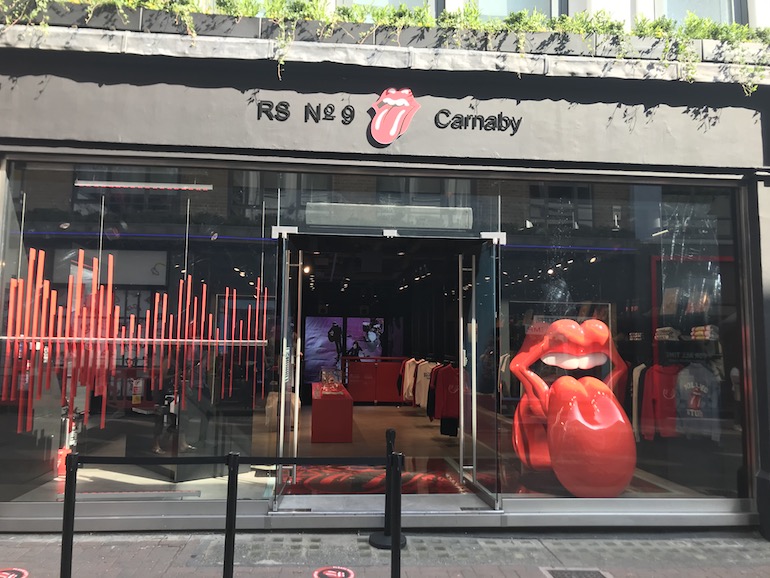 Rolling Stones store on Carnaby Street in London. Photo Credit: © Edwin Lerner.
Rolling Stones store on Carnaby Street in London. Photo Credit: © Edwin Lerner.
Formed in 1962 as a five-piece blues band from Dartford, Kent, the original Rolling Stones consisted of singer Mick Jagger, guitarists Keith Richards and Brian Jones (the group’s founder), bass player Bill Wyman and drummer Charlie Watts. Jagger, Richards and Watts are still there and have been joined by guitarist Ronnie Wood.
Live performances have always been key to keeping the group alive and, in Jagger’s case at least, kicking. They began at the legendary Marquee club in Soho, but have long since moved to packed-out stadium concerts. Whatever you think of their music, you have to admit that they have always been able to put on a good show.
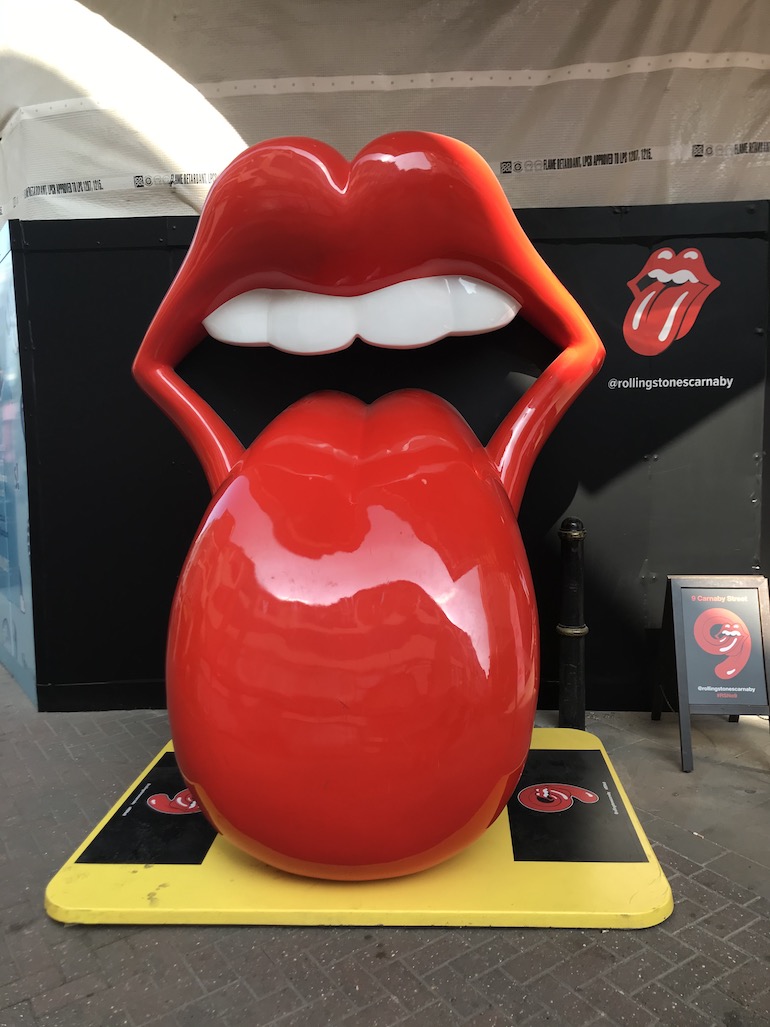 Rolling Stones store on Carnaby Street in London. Photo Credit: © Edwin Lerner.
Rolling Stones store on Carnaby Street in London. Photo Credit: © Edwin Lerner.



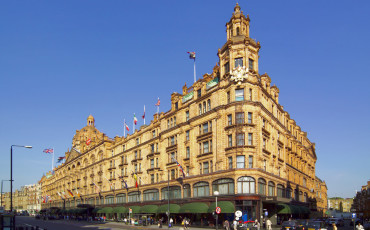
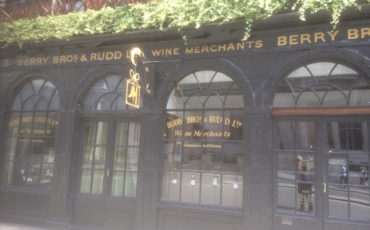


Leave a Reply